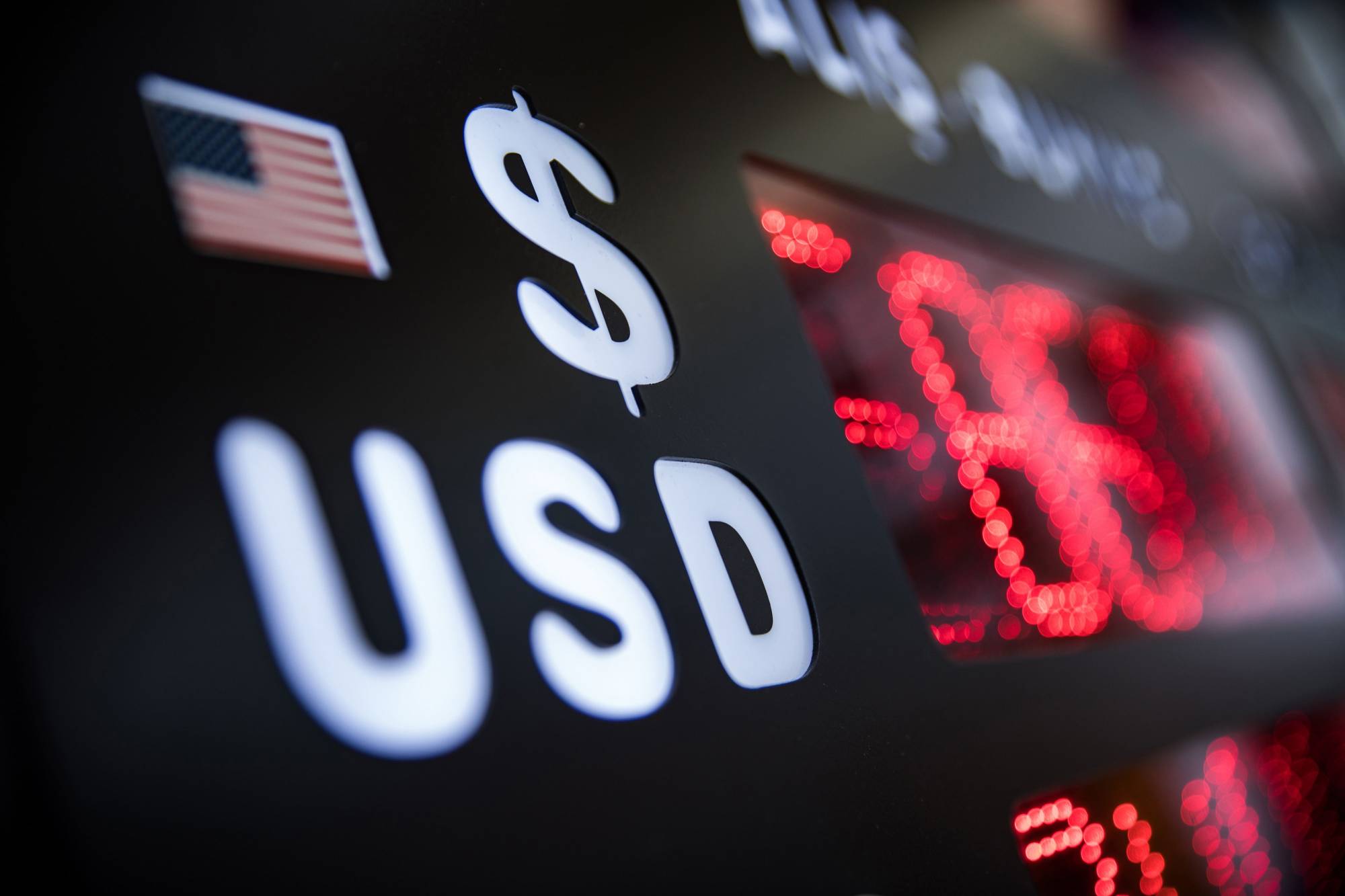How much is too much of a good thing? The euro has strengthened 5 percent versus the dollar this year — a fair reflection of the European Union’s better handling of the COVID-19 crisis, not least its historic decision to create a pandemic rescue fund that will involve fiscal transfers from the wealthy north of Europe to the worst-affected countries in the south.
U.S. Treasury yields have also fallen closer to zero, bringing them nearer to the euro zone’s negative rates, and America’s growth forecasts are starting to look similar to Europe’s. As such, there’s less reason for investors to keep so many eggs in the dollar basket. The problem for the European Central Bank is that an overly robust currency might seriously hinder the continent’s fragile post-coronavirus recovery.
The U.S. Federal Reserve was struggling with a too-strong dollar at the height of the crisis, but it has successfully managed to contain that and it now looks supremely relaxed with greenback weakness. Fed officials are pushing for more fiscal stimulus and are committed to more monetary action as required. That’s a worry for the ECB, which wants to prevent the euro from appreciating too far or too fast.



















With your current subscription plan you can comment on stories. However, before writing your first comment, please create a display name in the Profile section of your subscriber account page.